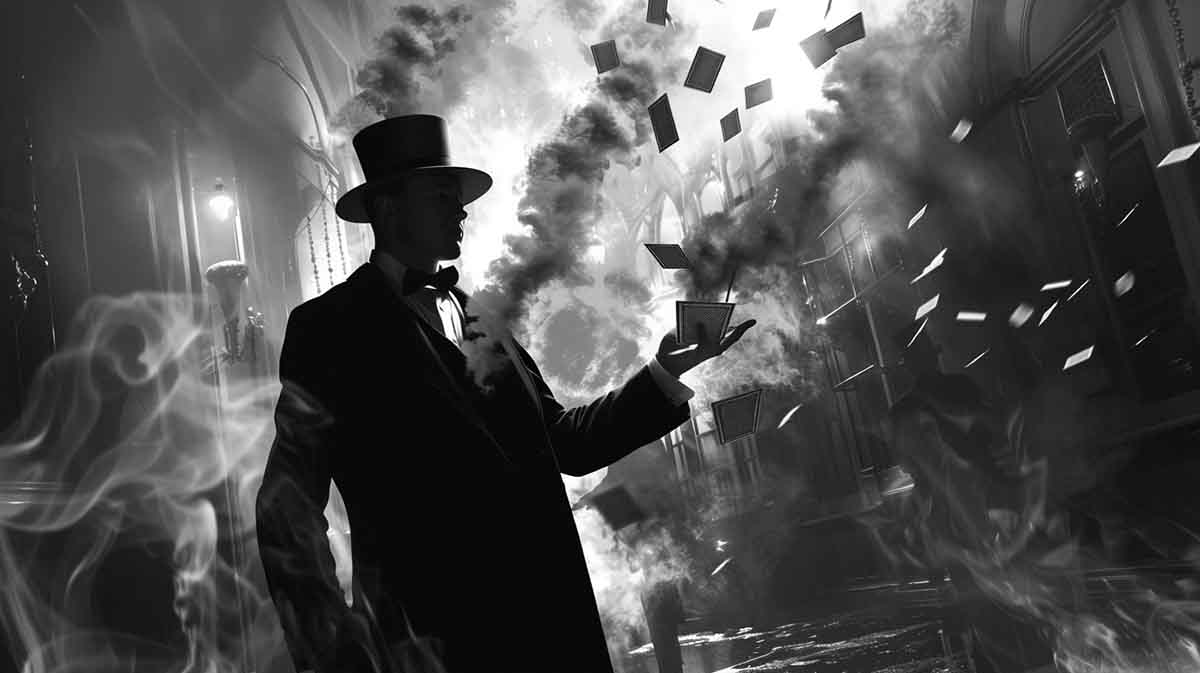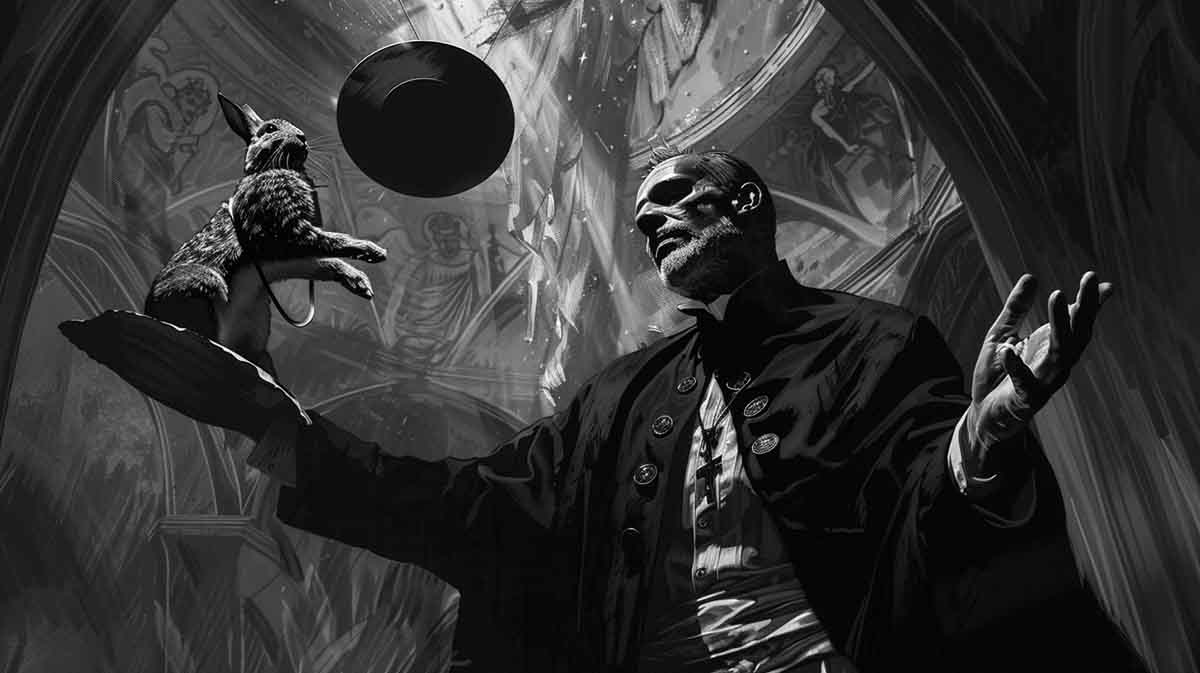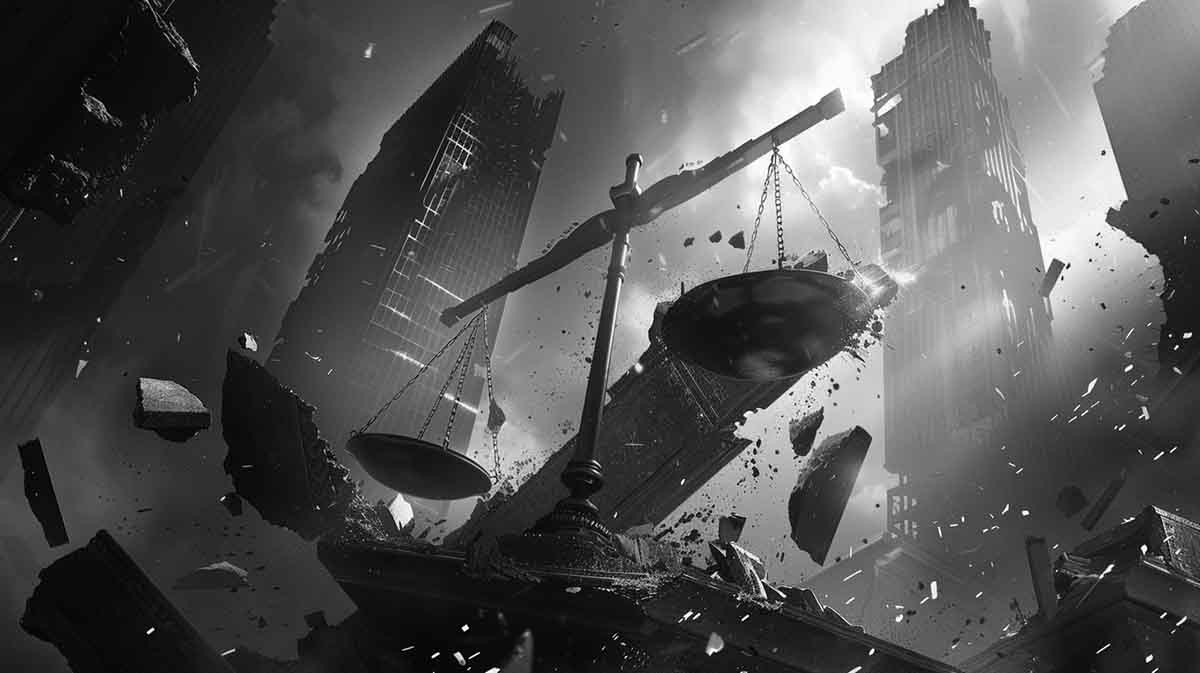Why Jeff Dahmer’s Plea Change Was the Best Legal Move You Were Never Supposed to Notice
The Sinister Genius Behind the Dahmer Trial Hoax
From the first gavel bang, this wasn’t a trial…it was a roadshow. A big-budget morality play designed to give the Archdiocese of Milwaukee its much-needed distraction.
The script was simple: drag Jeff Dahmer on stage, crank the rumor mill to eleven, and then land the money line: “guilty, but insane.” That was the plan from day one, the preloaded escape hatch.
And when Jeff’s Catholic lawyer, Gerald Boyle, finally steered him into signing 15 guilty pleas on January 13, 1992, the machinery purred like a Cadillac on fresh oil. Suddenly the prosecution didn’t need bodies, crime scenes, or even the basic paperwork of guilt. All they needed was a phony confession, a few willing psychiatrists, and a press corps too busy drooling over cannibal headlines to notice the whole thing was running on fumes.
The public got their freak show. The media got their monster-of-the-week. And the Archdiocese of Milwaukee, knee-deep in its own child abuse scandals, got a ready-made distraction that shifted every headline.
This wasn’t a plea. It was a Vegas stage trick…pre-scripted, smoke-filled…a con that dressed theater up as reality, and the world bought tickets.
Here’s how it all went down…

The First Magic Trick: Make the Evidence Disappear
The first magic trick of this whole circus was simple: make the evidence disappear by never asking for it in the first place.
When a defendant pleads guilty, the prosecution doesn’t have to prove a damn thing. No bodies, no weapons, no blood spatter, no chain of custody, not even a grainy Polaroid of a crime scene. The state just shrugs and says: “Well, he admitted it.” Case closed.
Which is convenient, because if you were staging a fake serial killer trial, your biggest nightmare would be having to cough up the bodies. Or at least something that looked like them. You’d need morgue reports, forensics, autopsies, photographs. You’d need real experts combing through details on the stand, which is where the whole house of cards could collapse.
So, Jeff Dahmer’s own lawyer, Gerald Boyle, a guy with ties to the Milwaukee Archdiocese like a bagman to a crime family, suggested the legal equivalent of burning the script before the first act was over.
Just two weeks after Jeff Dahmer’s arrest, Boyle actually recommended that “biological evidence” be returned to the families of the alleged victims. Not years later. Not after trial. Two weeks. And if that sounds unbelievable, the video of Boyle saying it is right here on the Trial page.
On its face, that’s lunacy. Wisconsin law doesn’t just discourage destroying evidence; it basically padlocks the door. Biological material is supposed to be preserved until the convict finishes their sentence…which in Jeff’s case meant forever. And even then, the DOJ can’t just chuck it in the dumpster unless three separate conditions line up like slot reels: formal notice, no objection from the defendant, and no other law requiring retention.
Now ask yourself: in a case this big, why would the DOJ ever want to torch the evidence? They wouldn’t. It’s the crown jewels. And why would a defense attorney, of all people, ask them to? He wouldn’t. Evidence is an insurance policy. It’s the one thing you keep in your back pocket for appeals, forensics, or the day science invents a new test.
Unless, of course, the evidence doesn’t actually exist. Or worse, it exists only as stage props, whipped up by a special effects team. Things that look convincing enough in a photo or on the evening news, but would disintegrate the moment a real lab tech touched them.
And if that’s what you’re working with, the last thing you want is a defense attorney fighting to preserve it. You want him running interference, sweeping the stage clean before anyone thinks to take a closer look. Making sure nothing ever lands on a lab bench.
Instead, the circus called “Dahmer” skipped this whole messy part. Jeff’s alleged confession was the evidence. A typed-up transcript from a cop’s notes, unrecorded, containing another man’s Social Security Number, and some gruesome storytelling. That was enough to get everyone, judge, jury, press, nodding along like it was gospel.
It’s like bragging you baked 15 cakes but never producing so much as a mixing bowl. No frosting, no crumbs, no dirty pans. Just: “Trust me, the cakes were delicious, and by the way, I ate them all.”

The Second Magic Trick: The Old Switcheroo
The next sleight of hand was even slicker. On January 13, 1992, Jeff Dahmer signed 15 guilty pleas…supposedly. With one stroke of the pen, the whole thing stopped being about whether Jeff killed anybody at all and morphed into a hand-wringing seminar about whether he was nuts while doing it.
That’s not a shift. That’s changing the channel.
The first question…Did this actually happen?…would’ve meant dragging evidence into the light. Bodies. Forensics. Photos. Signatures. Things that can be tested, poked, and disproven. Dangerous terrain if your case is basically a stage play.
The second question…Was he crazy?…is a puffball. It’s not evidence, it’s vibes. You don’t need proof. You just roll out a few psychiatrists with business cards. The rest is subjective hand-waving.
It’s the courtroom version of a bank robbery trial where the judge announces: “We’re not going to debate whether the robbery actually happened. That’s settled. The only issue is whether the guy was sleepwalking while he did it.” Suddenly you don’t need security footage or stolen money. You just need a few PhDs willing to play along.
And that’s exactly what happened. Overnight, the central mystery…did Jeff Dahmer really commit the crimes?…was off the table. The judge, the jury, the press, the whole country moved on like it was a done deal. The “monster” was fact. The only question left was whether he was a sane monster or a crazy one.
That’s not justice. That’s scriptwriting.
Papist Stagecraft Masquerading as Justice
Every scam needs a stage, and the insanity plea was the perfect set dressing. A straight guilty plea would’ve meant dragging the whole circus through the mud of actual evidence, where somebody might notice the magician’s rabbit was just a stuffed animal. Instead, they split the difference: cue the insanity defense.
On paper, it looked like a gamble…insanity pleas almost never work, less than one percent succeed. In practice, that made it the safest bet of all. Everyone already knew the ending. Boyle and company got to strut like high-wire artists risking everything, when in reality the net was already in place.
The result was the legal equivalent of pro wrestling. Jeff “fights” for his insanity, the prosecution “fights” for the public, but the outcome was locked before the first gavel hit. Scripted outrage, pre-approved talking points, and a verdict that gave everyone what they wanted. The public got their fix of courtroom bloodsport, the media got a freak-show headliner, the fabricators kept the script tight, and the Catholic Church slipped behind the smoke bomb just in time to hide its own rot.
What people saw wasn’t a trial…it was live-action fan fiction in a courthouse, performed for prime time.

Trial by Smoke Machine
The genius of the whole thing was in the calibration. From the cheap seats, it looked like justice grinding away: lawyers bickering, experts testifying, cameras clicking in the hallway. To the casual eye, it had all the trappings of a real trial.
But under the hood, this was no wildfire. It was a controlled burn. A carefully managed spectacle…just dramatic and “real” enough to hold the nation’s attention. But never hot enough to torch the fictional story they were protecting.
It looked like a blaze; it was really just stage lighting and a fog machine…the final flourish of the Dahmer trial hoax.
faq
Was the Dahmer trial a hoax?
Yes. The evidence shows Jeff Dahmer’s trial was a hoax. He wasn’t convicted on forensic evidence but on a typed confession that contained another man’s Social Security number, was never recorded, and wasn’t even signed by Jeff Dahmer himself. Instead of proving anything in court, the case revolved around a scripted insanity plea and courtroom theater.
Why was Jeffrey Dahmer’s plea change important?
By pleading guilty but insane, the trial stopped being about whether the crimes happened at all. The shift meant the prosecution never had to prove bodies, forensics, or crime scenes, only Jeff Dahmer’s state of mind. This is why his plea change is the real centerpiece of the case, not the alleged crimes themselves.
Did the prosecution present real evidence in the Dahmer trial?
No. The state never produced autopsies, verified crime scene photos, or physical forensic proof. Instead, the conviction rested on an unsigned, unrecorded confession that astonishingly contained another man’s Social Security number.
Who benefited from the Dahmer trial hoax?
The Dahmer trial hoax served institutions, not truth. The media got sensational headlines, the public got a made-for-TV monster, and the Archdiocese of Milwaukee gained a diversion from its own abuse scandals.